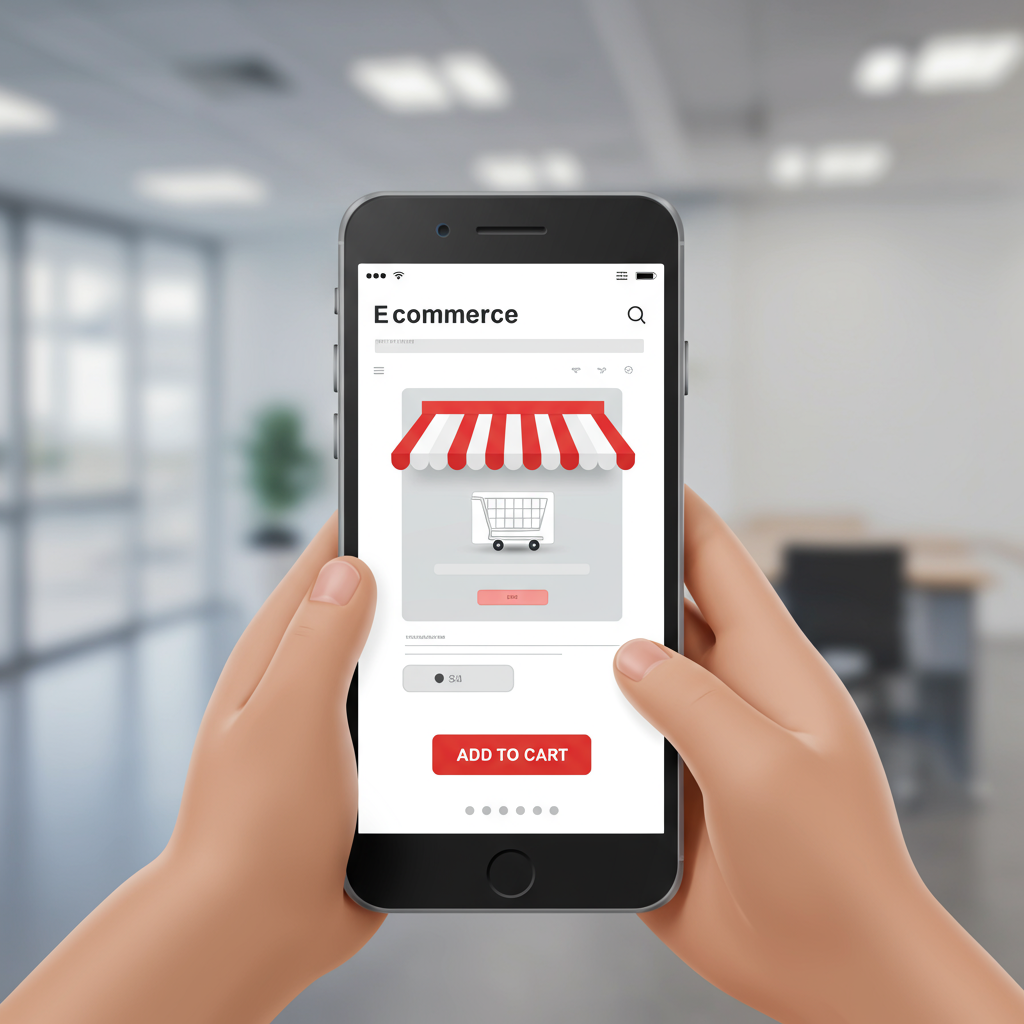Why prioritizing the small screen is the biggest win for your e-commerce success.
Hello fellow Shopify merchants! Today, I want to talk about something incredibly crucial for your online store’s success: designing for mobile first.
In my experience, many of us still think about desktop design as the primary focus, then adapt for mobile. But the truth is, that approach is outdated.
The vast majority of online shopping now happens on mobile devices. Think about it: your customers are browsing on their phones during commutes, on their couches, or even while waiting in line.
If your Shopify store isn’t optimized for these smaller screens, you’re not just losing sales; you’re actively frustrating potential customers.
A mobile-first approach means we design for the smallest screen first, then progressively enhance the experience for larger screens. It forces us to prioritize.
This philosophy ensures that the most critical information and functionalities are immediately accessible and easy to use, regardless of device.
So, where do we begin? The foundation of any great Shopify store is its theme. This is your starting point for mobile optimization.
When selecting a theme, I always look for one that is explicitly advertised as “responsive” or “mobile-friendly.” Most modern Shopify themes are, but some are better than others.
Test the theme’s demo on your own phone. Does it load quickly? Is the navigation intuitive? Are product images clear and easy to zoom?
Next, let’s talk about speed. Mobile users are notoriously impatient. Every second counts.
The biggest culprit for slow loading times is often unoptimized images. High-resolution images are great for desktop, but they can cripple mobile performance.
I always recommend compressing your images before uploading them to Shopify. Tools like TinyPNG or Shopify’s built-in image optimization can help immensely.
Consider using next-gen image formats like WebP if your theme supports them, as they offer superior compression without sacrificing quality.
Navigation is another critical area. On mobile, screen real estate is limited. A cluttered menu is a nightmare.
I advocate for simple, clear navigation. Use a hamburger menu icon, but ensure its placement is standard and easily discoverable.
Limit the number of top-level menu items. Think about what your mobile customer *absolutely needs* to find quickly.
Product pages are where the magic happens. On mobile, product descriptions should be concise and scannable. Use bullet points!
Ensure your “Add to Cart” button is prominent, large enough to tap easily, and ideally “sticks” to the bottom of the screen as the user scrolls.
Product images should be high quality but optimized, as we discussed. Allow for easy swiping between images and a simple tap-to-zoom functionality.
The checkout process is the final hurdle. This is where many mobile users abandon their carts if the experience is clunky.
Shopify’s native checkout is generally well-optimized for mobile, but you can still make it better.
Minimize the number of form fields. If you don’t absolutely need a piece of information, don’t ask for it.
Enable autofill for addresses and payment information. This significantly speeds up the process for returning customers.
Consider offering popular mobile payment options like Apple Pay or Google Pay. These one-tap solutions are a game-changer for mobile conversions.
Beyond the core design, think about the user experience. Are your call-to-action buttons large enough to tap with a thumb?
Is the text legible without pinching and zooming? Use a font size that’s comfortable to read on a small screen.
I also recommend regularly testing your store on various mobile devices – not just your own phone. Borrow a friend’s Android, an older iPhone, etc.
Use Google’s Mobile-Friendly Test tool and PageSpeed Insights to get objective data on your store’s performance and usability.
Pay attention to your Shopify analytics. Look at your mobile conversion rates versus desktop. If there’s a significant gap, you know where to focus your efforts.
Remember, a mobile-first approach isn’t just about making your site look good on a phone; it’s about prioritizing the user experience for the majority of your customers.
It’s about ensuring they can effortlessly browse, discover, and purchase your products, leading to higher conversion rates and happier customers.
What do you think about these mobile-first strategies for Shopify? I’d love to hear your thoughts and experiences!
Implementing these strategies might seem like a lot of work upfront, but I promise you, the return on investment in terms of sales and customer satisfaction is immense.
So, take the leap. Start thinking mobile-first today, and watch your Shopify store thrive in the palm of your customers’ hands.






